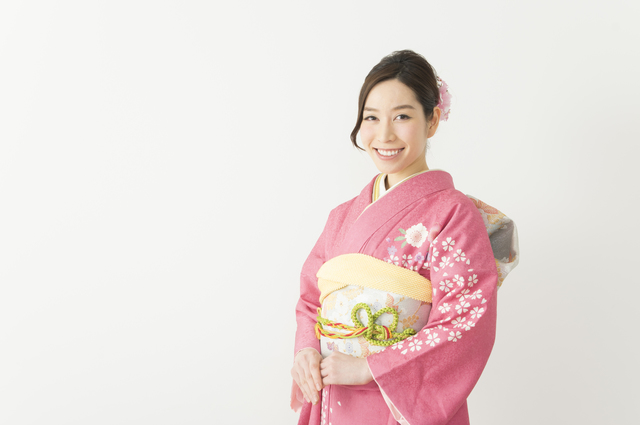尾張七宝 国指定伝統工芸品 国指定年月日 平成7年4月5日
OWARI Shippo(Cloisonné) Japanese Traditional Craft Since Edo era
National designation

尾張七宝の沿革 Historic story
天保年間(1830~1844年)、尾張国の梶常吉が、オランダ船により輸入された七宝の皿を手がかりにその製法を発見し、改良を加えたのが始まりとされています。
The origins of Owari cloisonné date back to the Edo era (1600-1868) when the first pieces were made in the area ruled by the Owari clan, in what is now Nagoya. The oldest piece of authenticated Owari cloisonné is a sake cup made in 1833. The skills and techniques of this craft have continued to develop ever since.
特徴 Feature
一般に焼物といえば、陶磁器のように土を成形して焼き上げますが、七宝焼は、銅又は銀の金属素地を用い、その表面にガラス質の釉薬(ゆうやく)を施し、花鳥風月、風景などの図柄をあしらったところに特徴があります。特に図柄の輪郭となる部分に銀線を施す有線七宝は尾張七宝の代表的な技術です。
When most people think of kiln-fired crafts, pottery may be the only thing that comes to mind. However, cloisonné, which has a metal framework covered with an enamel glaze, is also fired in a kiln. Characteristic designs include nature themes and landscapes.
製造工程 How to make
銅(銀)板を用いて花瓶、皿などの形の金属素地を作り、その上に墨で下絵を描きます。有線七宝の場合は、下絵にそって銀のリボン線(銀線)を特殊な糊で立てながら植え付け(植線)、ガラス質の紬薬を施して焼成します。焼成は4~8回程度繰り返し行います。その後、研磨を行い、飾り付けを施して完成です。
The production process involves many steps, including conceiving the design, bisque work, sketching and applying the design, glazing and firing. Each step is performed by hand with careful attention paid to every detail.The cloisonné craft takes advantage of the fact that enamel melts under extreme heat, similar to the way that pottery glaze melts in a kiln. The main difference is that the base material of cloisonné is metal and the glaze is a glass-like enamel.
主な製品 Items
花瓶、額、酒器、皿、宝石箱等
Owari cloisonné is characterized by designs depicting birds, butterflies, flowers and other plants. Items produced today include flower vases, incense holders, dishes and jewelry boxes.



